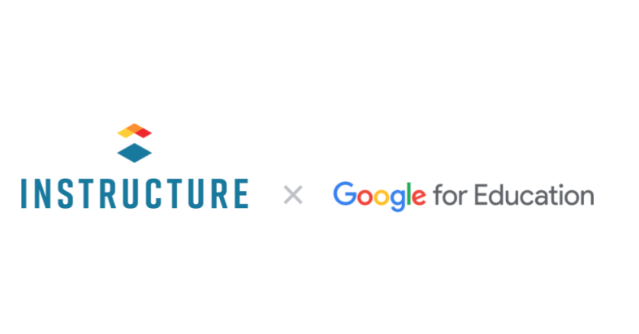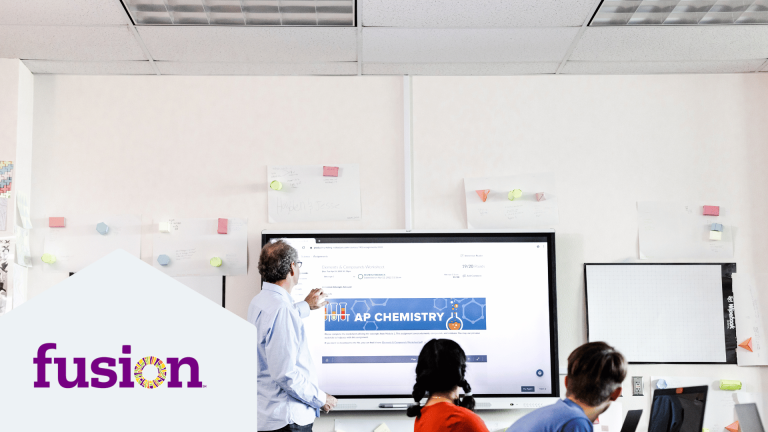
Teachers and administrators all want to make sure that the edtech tools they implement and use in classrooms are actually benefiting students. With free offers and lots of available digital tools to choose from, it is hard for teachers to share feedback on specific tools and for administrators to receive it and effectively use it. Hallway conversations and emails can get lost, but teachers must be part of the edtech conversation – everyone benefits when information is shared.
Additionally, teachers and administrators want to implement and use tools that are approved and compliant. Teachers understand the importance of this, but need administrators to give them a list of what is or is not approved and, ideally, a way to request new tools that have not yet been reviewed. Multiple spreadsheets that require updates in different places can cause confusion and inconsistencies.
So: what can administrators do to actually incorporate teacher voice?
Create a sustainable way to collect (and use) teacher feedback.
Teachers are the ones implementing and using edtech in their classrooms, and are your ears and eyes to how tools actually work for students and teachers (which may be different from what you think is happening). “Oh by the way, how is that new math tool working out for your third graders?” just doesn’t cut it. Teachers need to know that the feedback they provide is being absorbed, discussed and acted on.
Administrators must demonstrate that they are using feedback to make decisions, like updating edtech implementations or making changes to usage recommendations. Or, perhaps it’s expanding use of a product to more groups of students – these steps prove to teachers their voice has a place in decision making and creates a level of transparency among your education community.
Build one, centralized edtech library that teachers and staff can access.
Having a district-specific library of approved edtech tools is critical. This library offers your teachers the evidence they need to make informed decisions when choosing tools to implement in their classrooms.
Whatever your method is for creating this library, whether online or in a spreadsheet, make sure that it’s:
-
Updated consistently.
-
Has clearly stated approval statuses.
-
Includes supporting resources (such as implementation tips).
-
Is publicly accessible by stakeholders in your district.
Give teachers a process for requesting new edtech tools.
A standardized request process empowers teachers to initiate a request of what they need for their students and get status updates along the way. While administrators manage the different steps of the request process, teachers are the ones who initiate it, giving them confidence that their voices will be heard in purchasing decisions.
Maintaining an effective edtech ecosystem requires input from all stakeholders, including teachers. With our evidence-based grading rubric, teachers can easily and clearly provide feedback in a structured, straightforward way.
Acquiring and implementing teacher feedback is an ongoing process that is constantly evolving and shifting depending on the needs of a district or school. However, when brought in as a standard practice, teacher feedback and voice in decision making can elevate the needs of students in a way that truly benefits growth and outcomes.
To learn more about the impact of involving teachers in your edtech decision making process,
check out our latest playbook, Addressing EdTech Challenges with Evidence: Your District’s Playbook.
Related Content
 canvas-offline-blog-thumbnail-2024.jpg
canvas-offline-blog-thumbnail-2024.jpgBlog Articles
 googlexinst.png
googlexinst.pngBlog Articles
 facommons.png
facommons.pngBlog Articles
